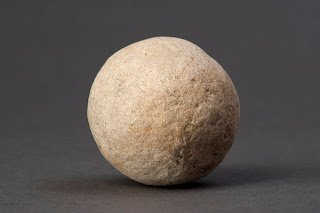 |
| A scepter, a long rod used as a symbol of authority. Source |
Perhaps the beginning of the magical wands which are told of in stories today was the drumstick of the prerunners to modern doctors in ceremonies meant to heal, cure, or protect people. Another possible orgin is the use of supposed amulets in ancient societies to ward off evil, some of which had a wand-like shape. The idea also may have arisen from the scepter - a long rod or staff that symbolizes power. The earliest known mention of a magic wand as we think of them today was Circe's use of a wand in The Odyssey (a Greek epic poem) to turn a crew of sailors into swine. Starting in the middle ages many European folk tales also told of magical wands and they began to appear more frequently in stories, mostly owned by fairies.
Contemporary authors began using the idea of magical wands in their stories as well, and once movies became a common form of entertainment magical wands also began to appear in movies.
In the Harry Potter series (which also was an important factor in the increasing appearance of magical wands in literature) magical wands are thin wooden rods with cores of various magical substance. Wizards and witches use them to channel their magical power and cast spells. In addition, wands, having powerful magical substances as cores, will sometimes profess magic of their own.
In Pottermore, you receive your magical wand in Chapter 5, Moment 4.








